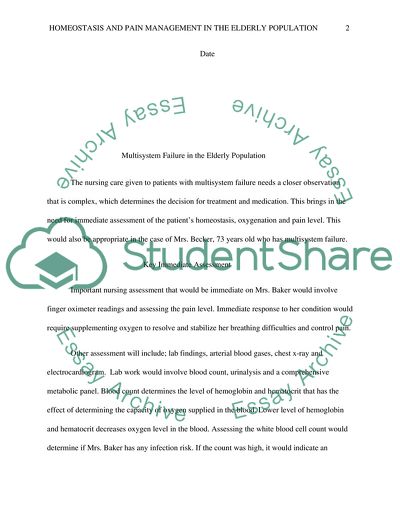Cite this document
(Homeostasis and Pain Management in the Elderly Population Essay, n.d.)
Homeostasis and Pain Management in the Elderly Population Essay. https://studentshare.org/nursing/1760428-homeostasis-and-pain-management-in-the-elderly-population
Homeostasis and Pain Management in the Elderly Population Essay. https://studentshare.org/nursing/1760428-homeostasis-and-pain-management-in-the-elderly-population
(Homeostasis and Pain Management in the Elderly Population Essay)
Homeostasis and Pain Management in the Elderly Population Essay. https://studentshare.org/nursing/1760428-homeostasis-and-pain-management-in-the-elderly-population.
Homeostasis and Pain Management in the Elderly Population Essay. https://studentshare.org/nursing/1760428-homeostasis-and-pain-management-in-the-elderly-population.
“Homeostasis and Pain Management in the Elderly Population Essay”. https://studentshare.org/nursing/1760428-homeostasis-and-pain-management-in-the-elderly-population.


